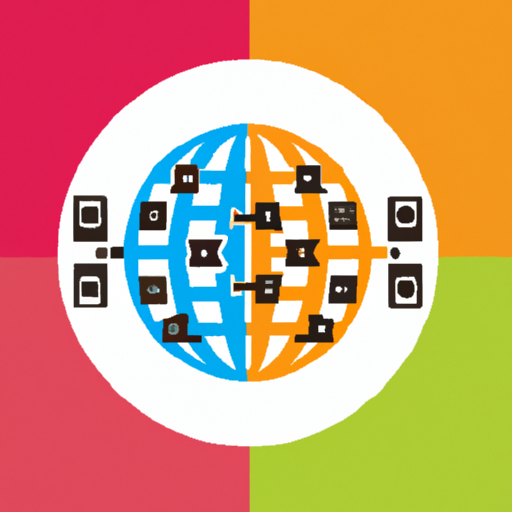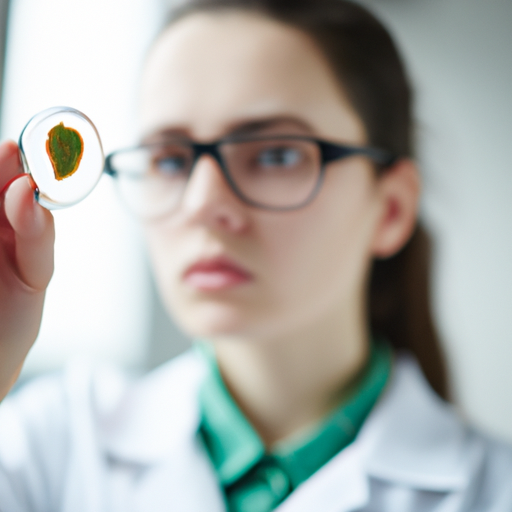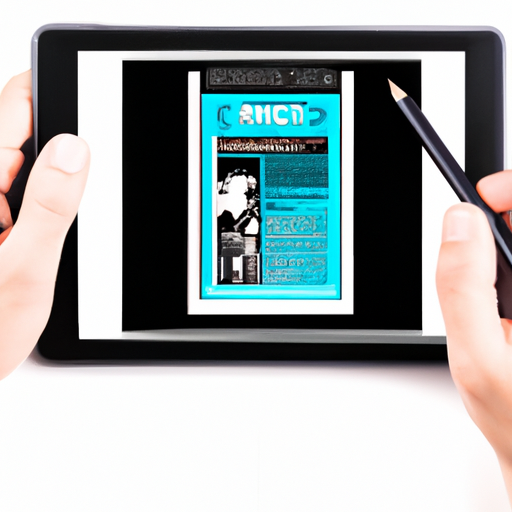In today’s fast-paced business environment, self-service analytics is revolutionizing the way organizations approach data analysis. By enabling users to access and analyze data independently, companies are fostering a culture where data-driven decision making is not just encouraged but becomes the norm.
What is Self-Service Analytics?
Self-service analytics refers to analytical tools and processes that allow users to perform data analysis without relying on IT teams or data specialists. It empowers business users to explore data, generate reports, and derive insights using intuitive interfaces and drag-and-drop features.
Benefits of Self-Service Analytics
- Empowerment: Employees can make informed decisions swiftly without having to wait for IT teams to generate reports.
- Increased Efficiency: Self-service tools cut down the time from data collection to insight generation, driving quicker business responses.
- Cost-Effectiveness: Reducing the dependency on technical teams leads to lower operational costs and optimal resource allocation.
- Greater Accuracy: Users can tailor their dashboards to specific needs, minimizing errors that may arise from miscommunications with IT about report specifications.
Adopting Self-Service Analytics
To successfully integrate self-service analytics into an organization, consider the following steps:
- Choose the Right Tools: Select analytics tools that are user-friendly and meet the specific needs of your business.
- Provide Training: Invest in training programs to ensure that employees feel confident using analytics tools.
- Establish Governance: Set guidelines to maintain data quality, security, and compliance in self-service environments.
The Future of Data-Driven Decision Making
As businesses continue to collect vast amounts of data, the need for data analytics and intelligent solutions will only grow. Self-service analytics not only simplifies data analysis but also democratizes access to vital insights, paving the way for a truly data-driven decision making culture.
By embracing self-service analytics, companies can stay ahead of competitors and foster innovation through informed strategic decisions. The question is, are you ready to empower your team?













